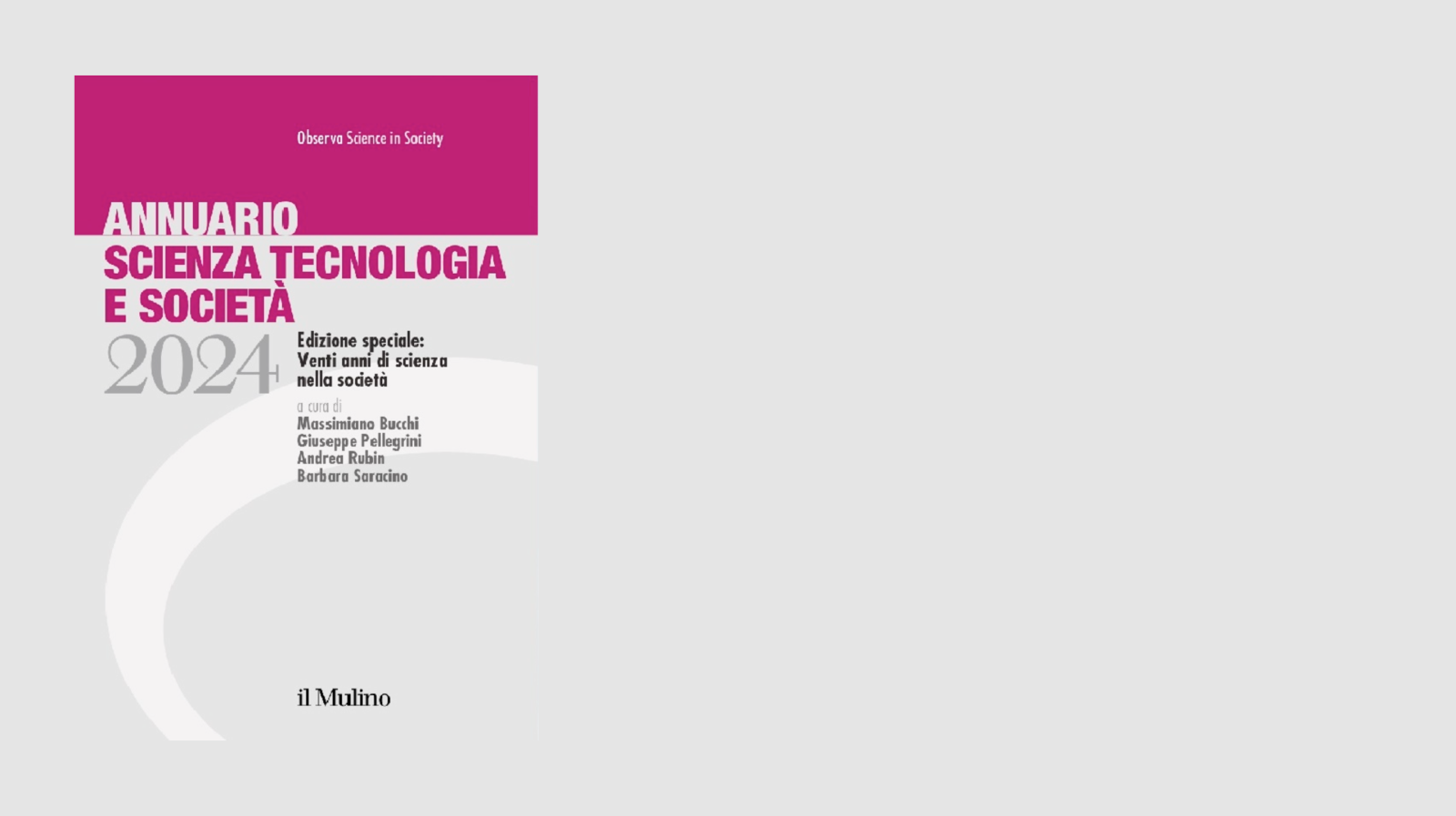Natural evolution of avian H5N1 influenza viruses could allow them to acquire human-to-human airborne transmissibility. These are the conclusions of a paper published on Science, written by Professor Derek Smith and Doctor Colin Russell, from the University of Cambridge.
Two recent papers, one from Professor Yoshihiro Kawaoka and colleguaes (University of Wisconsin–Madison) and another from Ron Fouchier (Erasmus Medical Centre, Rotterdam), appeared respectively on Nature and Science, had already revealed that avian H5N1 virus could acquire the capability to be transmissible between mammals following a very little number of mutations. The team led by Smith and Russell went further into this matter by applying a mathematical model to explore the dynamics of replication and evolution of the bird flu virus.
They identified some factors that increased the likelihood of mutations evolving – random mutation, positive selection, prolonged duration of infection, other functionally equivalent mutations, variability of avian virus population, difference in mammal-to-mammal transmission – and some others that decrease such probability – effective immune response, mutations that are harmful for the virus, order of acquiring mutations. An integrate analysis of all these factors leads to the conclusion that, as stated by Derek Smith, "We now know that it is in the realm of possibility that these viruses can evolve in nature, and what needs to be done to assess the risk more accurately of these mutations evolving in nature."
To face the risk of emergence of a mammal-to-mammal transmissible H5N1 variant, the researchers pointed out that is highly necessary to further investigate those mutations that may be functionally equivalent of those already discovered by Kawaoka and Fouchier. It is also fundamental to increase the surveillance in regions where viruses with airborne transmission enabling substitutions have been observed and in regions connected to those regions by bird migration and trade.
Professor Smith concluded: "The situation is similar to assessing the risk of an earthquake or tsunami. We don't know exactly when and where, but by increasing monitoring and research – some of which is already underway – scientists and public health officials will be able to increase the accuracy with which the risk can be assessed and to minimise those risks."

